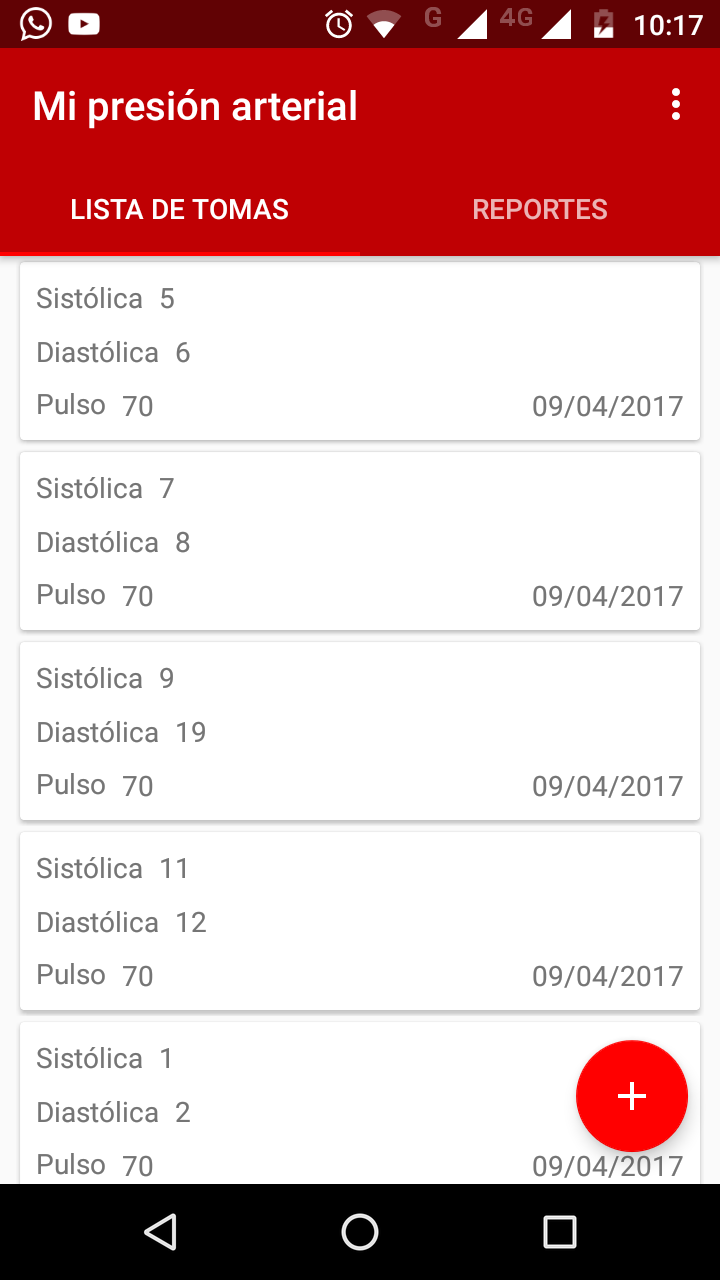在没有焦点的情况下捕获击键
时间:2023-09-27问题描述
例如使用 winamp(至少在 Windows 上),您可以在后台使用 winamp 全屏播放游戏,并使用媒体按钮* 来控制声音.Winamp 不需要获得焦点,让游戏继续全屏.
E.g. with winamp (on Windows at least), you can play a game fullscreen with winamp in the background, and use the media buttons* to control the sound. Winamp doesn't need to get focus, allowing the game to continue fullscreen.
我更喜欢用 Java 编写它,但这可能行不通(在 Java afaik 中捕获没有焦点的击键已经很困难了),所以任何 C# 解决方案也可以.
I'd prefer to write this in Java but that probably isn't going to work (capturing keystrokes without focus is already difficult in Java afaik), so any C# solution is also fine.
所以基本问题是:如何捕捉没有焦点的击键?
So the basic question is: how to capture keystrokes without focus?
*) 我相信后退/前进/停止/邮件/搜索/收藏夹/web/home"按钮被称为媒体按钮,但欢迎使用更好的名称:).
*) I believe the 'back/forward/stop/mail/search/favorites/web/home' buttons are called media buttons, but a better name would be welcome :).
推荐答案
低级 windows hooks 是一种方法.这是一篇 文章,这里是来自 MSDN.
Low-Level windows hooks is one way to do it. Here is one article and here is a little more info from MSDN.
这是该代码的部分视图:
This is a partial view of what that code can look like:
private IntPtr LowLevelKeyboardHook(int nCode, WindowsMessages wParam, [In] KBDLLHOOKSTRUCT lParam)
{
bool callNext = true;
bool isKeyDown = (wParam == WindowsMessages.KEYDOWN || wParam == WindowsMessages.SYSKEYDOWN);
bool isKeyUp = (wParam == WindowsMessages.KEYUP || wParam == WindowsMessages.SYSKEYUP);
if ((nCode >= 0) && (isKeyDown || isKeyUp))
{
// the virtual key codes and the winforms Keys have the same enumeration
// so we can freely cast back and forth between them
Keys key = (Keys)lParam.vkCode;
// Do your other processing here...
}
// if any handler returned false, trap the message
return (callNext) ? User32.CallNextHookEx(_mainHook, nCode, wParam, lParam) : _nullNext;
}
/// <summary>
/// Registers the user's LowLevelKeyboardProc with the system in order to
/// intercept any keyboard events before processed in the regular fashion.
/// This can be used to log all keyboard events or ignore them.
/// </summary>
/// <param name="hook">Callback function to call whenever a keyboard event occurs.</param>
/// <returns>The IntPtr assigned by the Windows's sytem that defines the callback.</returns>
private IntPtr RegisterLowLevelHook(LowLevelKeyboardProc hook)
{
IntPtr handle = IntPtr.Zero;
using (Process currentProcess = Process.GetCurrentProcess())
using (ProcessModule currentModule = currentProcess.MainModule)
{
IntPtr module = Kernel32.GetModuleHandle(currentModule.ModuleName);
handle = User32.SetWindowsHookEx(HookType.KEYBOARD_LL, hook, module, 0);
}
return handle;
}
/// <summary>
/// Unregisters a previously registered callback from the low-level chain.
/// </summary>
/// <param name="hook">IntPtr previously assigned to the low-level chain.
/// Users should have stored the value given by
/// <see cref="Drs.Interop.Win32.LowLevelKeyboard.RegisterLowLevelHook"/>,
/// and use that value as the parameter into this function.</param>
/// <returns>True if the hook was removed, false otherwise.</returns>
private bool UnregisterLowLevelHook(IntPtr hook)
{
return User32.UnhookWindowsHookEx(hook);
}
只需实现所需的所有 P/Invoke 声明,它就可以工作.我在我的应用程序中使用了这种方法,并且效果很好.
Just implement all the P/Invoke declarations needed, and it should work. I use this approach in my application and it works fine.
这篇关于在没有焦点的情况下捕获击键的文章就介绍到这了,希望我们推荐的答案对大家有所帮助,也希望大家多多支持html5模板网!
相关文章
 如何检测 32 位 int 上的整数溢出?How can I detect integer overflow on 32 bits int?(如何检测 32 位 int 上的整数溢出?)
如何检测 32 位 int 上的整数溢出?How can I detect integer overflow on 32 bits int?(如何检测 32 位 int 上的整数溢出?) return 语句之前的局部变量,这有关系吗?Local variables before return statements, does it matter?(return 语句之前的局部变量,这有关系吗?)
return 语句之前的局部变量,这有关系吗?Local variables before return statements, does it matter?(return 语句之前的局部变量,这有关系吗?) 如何将整数转换为整数?How to convert Integer to int?(如何将整数转换为整数?)
如何将整数转换为整数?How to convert Integer to int?(如何将整数转换为整数?) 如何在给定范围内创建一个随机打乱数字的 intHow do I create an int array with randomly shuffled numbers in a given range(如何在给定范围内创建一个随机打乱数字的 int 数组)
如何在给定范围内创建一个随机打乱数字的 intHow do I create an int array with randomly shuffled numbers in a given range(如何在给定范围内创建一个随机打乱数字的 int 数组) java的行为不一致==Inconsistent behavior on java#39;s ==(java的行为不一致==)
java的行为不一致==Inconsistent behavior on java#39;s ==(java的行为不一致==) 为什么 Java 能够将 0xff000000 存储为 int?Why is Java able to store 0xff000000 as an int?(为什么 Java 能够将 0xff000000 存储为 int?)
为什么 Java 能够将 0xff000000 存储为 int?Why is Java able to store 0xff000000 as an int?(为什么 Java 能够将 0xff000000 存储为 int?)
 如何使用 SimpleDateFormat.parse() 将 Calendar.toString()How can I Convert Calendar.toString() into date using SimpleDateFormat.parse()?(如何使用 SimpleDateFormat.parse() 将 Calendar.toString() 转换为日期?)
如何使用 SimpleDateFormat.parse() 将 Calendar.toString()How can I Convert Calendar.toString() into date using SimpleDateFormat.parse()?(如何使用 SimpleDateFormat.parse() 将 Calendar.toString() 转换为日期?)